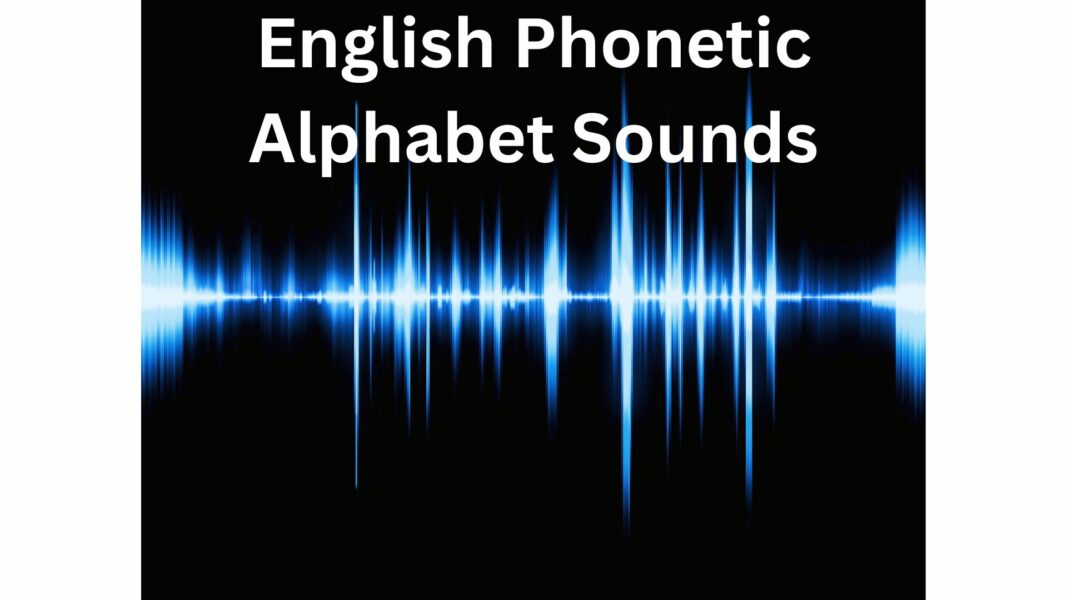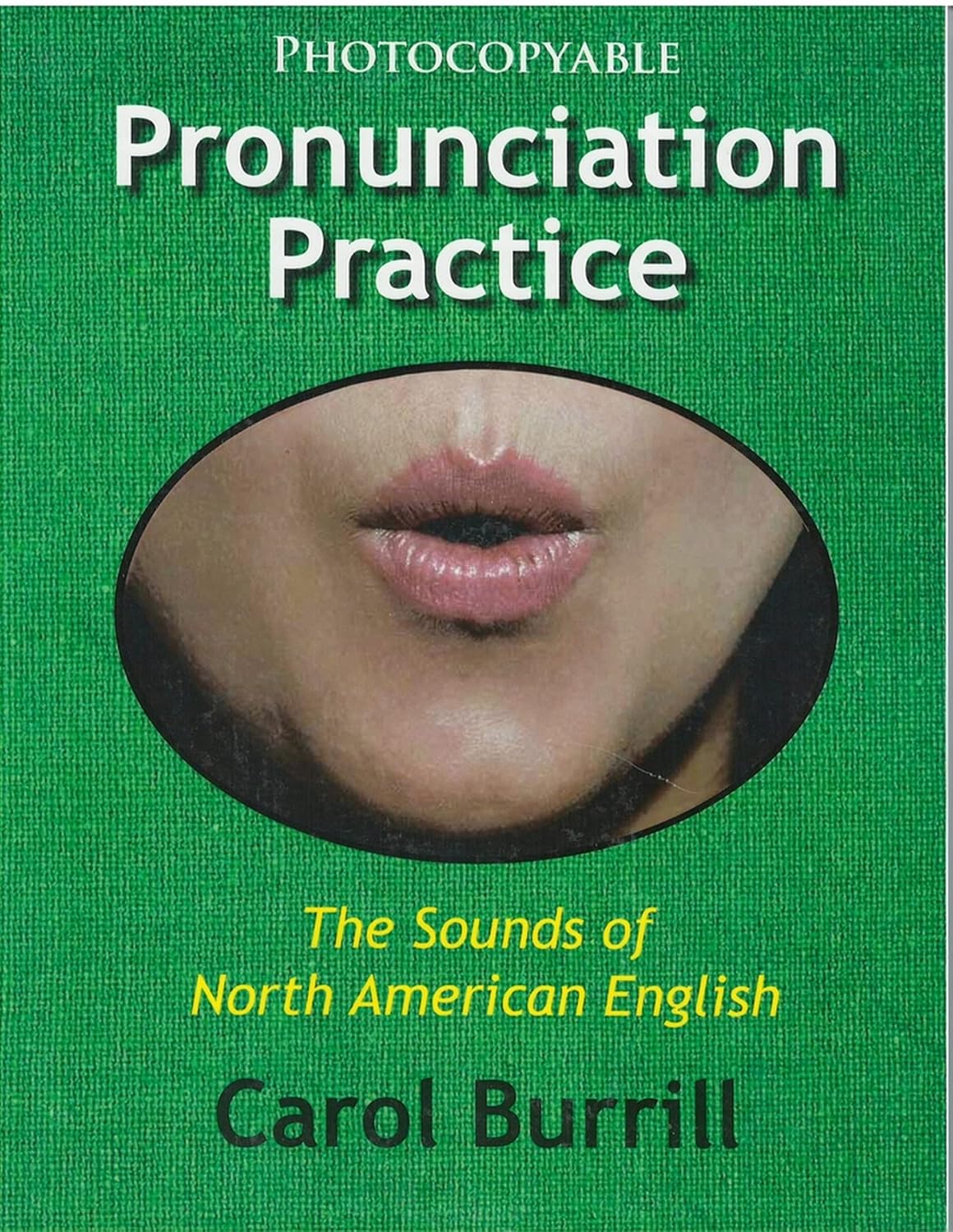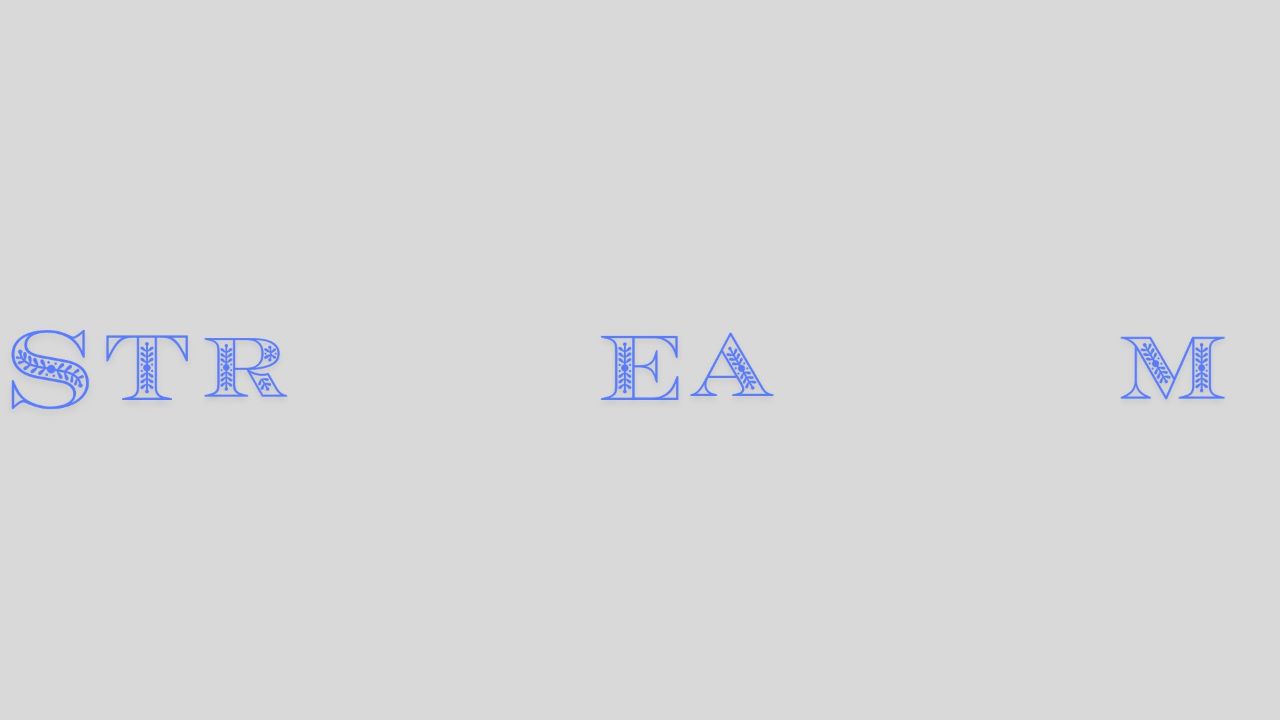Learning the phonetic alphabet as an adult ESL student is a game-changer. It’s more than just memorizing symbols and sounds; it’s about boosting your confidence and improving how you communicate in English. Trust me, understanding these sounds will make your English journey way easier and more fun.

Watch video number 1
Phonetic sounds are the backbone of accurate pronunciation. Each letter or combination of letters in English can produce a variety of sounds, and that’s where things can get tricky. But with a bit of practice and the right guidance, you’ll get the hang of it.
Why should you care about phonetic sounds? Because mispronouncing words can lead to misunderstandings, and nobody wants that. Whether you’re speaking in a meeting, ordering food, or simply chatting with friends, clear and correct pronunciation helps you get your message across more effectively.
This article is designed to break down the English phonetic alphabet in a way that’s easy to digest. And good news! There’s a YouTube video that goes hand in hand with what you’ll read here. You’ll hear the sounds, see my mouth movements, and get some extra tips that’ll make everything click.
Single Letter Sounds
Let’s kick things off with the basics: single letter sounds. This is where you get the fundamental building blocks of English pronunciation.
First up, vowel sounds. There are five vowels in English: A, E, I, O, and U. Don’t be fooled by their small number – each vowel can make multiple sounds. For instance, the letter ‘A’ in ‘cat’ sounds different from the ‘A’ in ‘cake’. Practicing with these variations will make a huge difference.
Consonants might seem more straightforward, but they come with their quirks too. Take ‘C’ for example. It can sound like an ‘S’ in ‘city’ or like a ‘K’ in ‘cat’. Or look at ‘G’ – it’s soft in ‘giant’ and hard in ‘goat’. Understanding these differences will help you pronounce words more accurately.
Watch video number 2
I use the book pictured below to help students in my class to understand how to pronounce the letters in the English language.

It’s super common to make mistakes while learning. Don’t worry; it’s part of the process. One usual mix-up is the ‘th’ sound, which can be voiced like in ‘this’ or voiceless like in ‘think’. Another tricky one is ‘R’, often rolled or tapped in other languages but pronounced quite differently in English. Keep practicing, and those tricky sounds will soon become second nature.
To sum it up, getting comfortable with single letter sounds lays the groundwork for mastering English pronunciation. Try repeating words, listening to native speakers, and using phonetic resources. And remember, your accompanying YouTube video will be a treasure trove for hearing these sounds in action.
Letter Clusters and Blends
Moving beyond single letter sounds, let’s explore letter clusters and blends. These combinations are where two letters work together to create a unique sound. Getting these right can be a game-changer for your pronunciation.
Watch video number 3
Common letter clusters like ‘ch’, ‘sh’, and ‘th’ often trip learners up. For instance, ‘ch’ in ‘chocolate’ isn’t the same as the ‘sh’ in ‘shoe’. And ‘th’ in ‘think’ is different from ‘th’ in ‘this’. Paying attention to how these clusters sound in different words is key.
Then there are blends, where two consonants sit together but you hear both sounds distinctly. Think of ‘bl’ in ‘blue’ or ‘st’ in ‘stop’. Nailing these can make your speech much clearer and easier to understand.
When practicing clusters and blends, break the words down and focus on each sound. Listen to native speakers and try to mimic their pronunciation. Recording your voice and playing it back can also help you catch and correct mistakes. Your YouTube video guide will be packed with examples of clusters and blends, so give it a watch!
To wrap up, getting familiar with letter clusters and blends is crucial. These combinations pop up everywhere in English, so mastering them will make your pronunciation sharper and more natural. Keep practicing and using resources like videos and pronunciation tools to guide you.
Vowel Combinations and Diphthongs
Vowel combinations and diphthongs might sound like fancy terms, but don’t let them intimidate you. These are just ways vowels team up to create new sounds. Mastering these will help you sound more natural and fluent.
Watch video number 4
Let’s start with vowel combinations. When two vowels sit side by side, they often blend into a single sound. Take ‘ai’ in ‘train’ or ‘ea’ in ‘seat’. They don’t sound like ‘a’ and ‘i’ separately, but create a whole new sound together. Another example is ‘ou’ in ‘house’, which can be quite different from the individual ‘o’ and ‘u’ sounds.
Diphthongs are when you glide from one vowel sound to another within the same syllable. For example, the ‘oi’ in ‘boil’ or the ‘au’ in ‘haul’. It might feel like you’re merging two sounds quickly. Practicing these will make your speech smoother and more connected.
It’s easy to mix up similar sounding combinations. ‘Ay’ in ‘day’ and ‘ai’ in ‘rain’ can be tricky because they sound so close. Try to create word pairs and practice them side by side. Record yourself to check if you’re catching the slight differences.
Remember, vowel combinations and diphthongs add a lot of richness to English pronunciation. They may take a bit of practice, but the effort will pay off. Use your YouTube video guide to hear these sounds in action and to practice along.
Putting It All Together: Practical Applications
Let’s pull everything together—single letters, clusters, blends, vowel combinations, and diphthongs. It’s time to put your new skills to work in real-life situations.

Start by combining different sounds you’ve learned. Take the word ‘stream’. You’ve got the blend ‘str’, the vowel combination ‘ea’, and the single letter sound ‘m’. Practice sounds individually, then link them together smoothly.
Role-playing can be incredibly useful. Try everyday scenarios like ordering coffee or introducing yourself. Focus on using words that contain the sounds you’ve practiced. This will help reinforce what you’ve learned and build confidence.
Recording yourself and self-assessing your pronunciation is a great habit. Listen for any sounds that need more work. Compare your recordings to native speakers—both the examples from the YouTube video and other resources.
The key to progress is consistent practice. Make a habit of practicing a few minutes every day. Use apps, join English conversation clubs, or find a language partner to keep your skills sharp.
Feeling a bit overwhelmed is normal. Just remember—every bit of practice gets you closer to your goal. Lean on the resources available, including your YouTube video, to keep improving.
Leave comments and questions in the comments section below.

Thank you for this insightful article on the English phonetic alphabet sounds! I love how you broke down the importance of phonetics in teaching and learning English. It’s fascinating to see how mastering these sounds can significantly improve communication skills.
I completely agree that understanding phonetics helps learners pronounce words more accurately and boosts their confidence in speaking. It’s like giving them a key to unlock clearer conversations!
I’m curious, what strategies do you find most effective when introducing these sounds to beginners? Looking forward to hearing your thoughts!
Hi again Maxon. Thanks for your comments. The best strategy I know of for almost everything is immediate, constant, and continuous practice to make what is learned a real part of their life and incorporate what they learn into their daily lives.
KBob